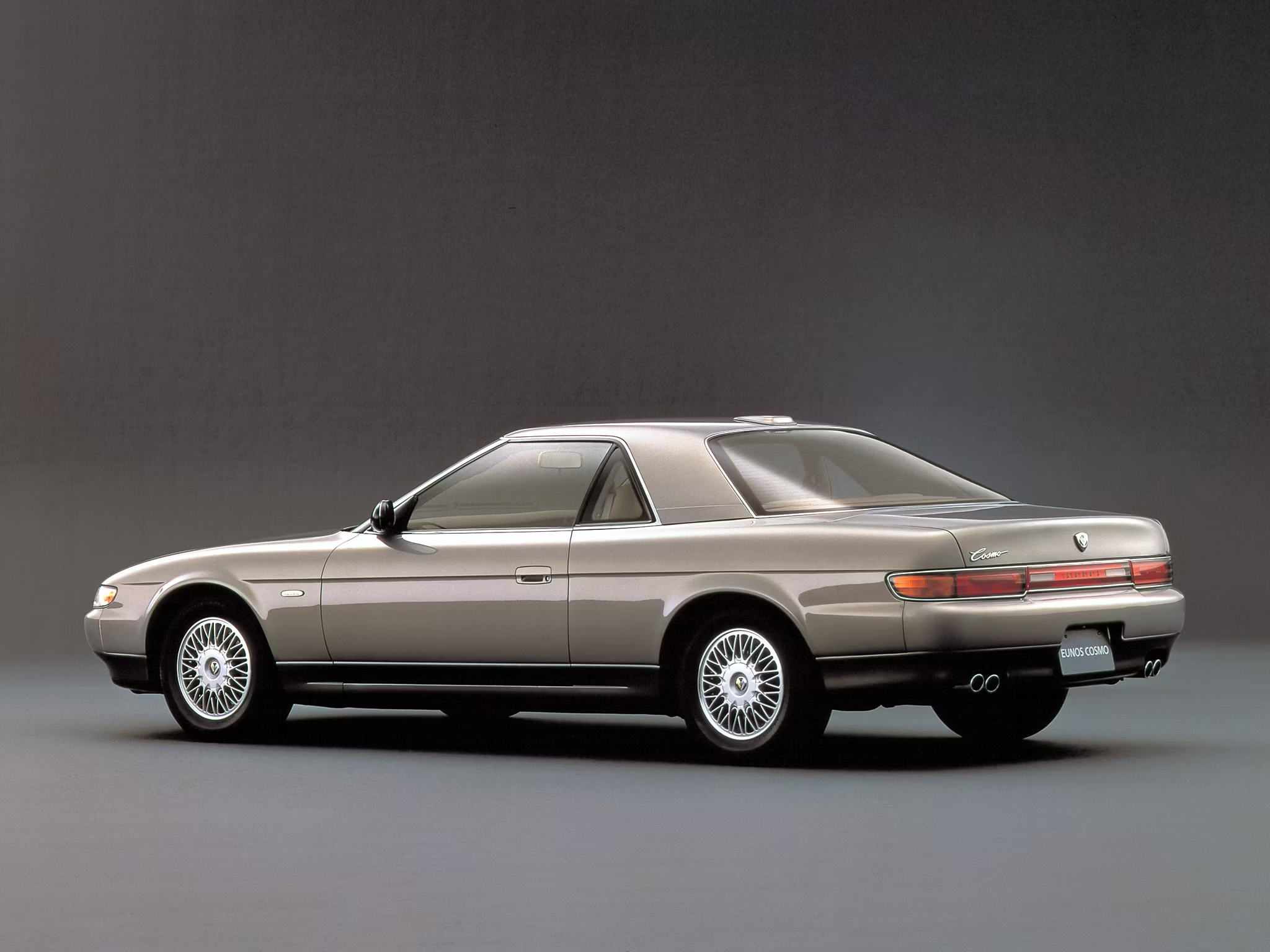1. The Origins of the Automobile
The inception of the automobile dates back to the late 19th century, marking a revolutionary shift in personal and public transport car. The first gasoline-powered automobile, developed by Karl Benz in 1886, laid the groundwork for modern vehicles. This innovation was born out of the necessity to create a more efficient means of transportation, replacing horse-drawn carriages and manual labor-intensive methods. Early automobiles were rudimentary, with basic engines and minimal safety features, but they quickly captivated public imagination and interest. The development of these early cars set in motion a series of technological advancements and societal changes that would transform transportation worldwide.
2. Technological Advancements in Car Design
The automobile industry has undergone tremendous evolution since its inception, driven by relentless technological advancements. From the introduction of the assembly line by Henry Ford, which drastically reduced production costs and made cars more accessible, to the integration of sophisticated electronics and computer systems in modern vehicles, car design has seen continuous innovation. Modern cars boast advanced safety features such as anti-lock braking systems (ABS), airbags, and electronic stability control, which have significantly improved passenger safety. Furthermore, the development of electric and hybrid vehicles represents a significant leap towards sustainable transportation, reducing reliance on fossil fuels and minimizing environmental impact. These technological enhancements have not only improved the functionality and safety of automobiles but also contributed to a more comfortable and efficient driving experience.
3. The Role of Automobiles in Economic Development
Automobiles have played a pivotal role in economic development, influencing various sectors including manufacturing, infrastructure, and retail. The automotive industry itself is a major employer, providing jobs to millions of people worldwide, from assembly line workers to engineers and sales personnel. The production and sale of automobiles stimulate economic growth through direct and indirect contributions to GDP. Additionally, the demand for cars has led to the development of extensive road networks, fueling the growth of construction and related industries. The automobile has also enabled the rise of suburban living, influencing real estate markets and retail sectors by making distant locations more accessible. Overall, the proliferation of automobiles has been a cornerstone of modern economic expansion, driving productivity and creating new opportunities across multiple industries.
4. Environmental Impact and Sustainability Challenges
While automobiles have greatly contributed to economic and societal development, they have also posed significant environmental challenges. The reliance on fossil fuels for traditional internal combustion engine vehicles has led to increased greenhouse gas emissions, contributing to climate change and air pollution. The production and disposal of vehicles also raise environmental concerns, including the depletion of natural resources and the generation of hazardous waste. In response to these challenges, the automotive industry is increasingly focusing on sustainability. The rise of electric and hybrid vehicles aims to reduce carbon emissions, and advancements in battery technology are making these options more viable. Moreover, automakers are exploring sustainable manufacturing processes, such as using recycled materials and reducing energy consumption in production. Despite these efforts, achieving sustainability in the automotive sector remains a complex and ongoing challenge, requiring continuous innovation and collaboration among stakeholders.
5. The Future of Automobiles: Autonomous and Connected Vehicles
Looking forward, the future of automobiles is poised to be shaped by advancements in autonomous and connected vehicle technologies. Autonomous vehicles (AVs), which can operate without human intervention, promise to revolutionize transportation by improving safety, reducing traffic congestion, and providing mobility solutions for the elderly and disabled. Companies like Tesla, Waymo, and traditional automakers are heavily investing in the development of self-driving technology, conducting extensive testing to ensure reliability and safety. Concurrently, connected vehicles, equipped with internet connectivity and communication capabilities, are transforming the driving experience by enabling real-time traffic updates, remote diagnostics, and enhanced infotainment systems. The integration of these technologies is expected to create a more efficient and interconnected transportation ecosystem, potentially reducing accidents and improving overall traffic flow. However, the widespread adoption of autonomous and connected vehicles will require significant advancements in infrastructure, regulatory frameworks, and public acceptance. As the automotive industry navigates these challenges, the evolution towards a more intelligent and autonomous future continues to unfold, promising exciting developments in the years to come.
In conclusion, the automobile has come a long way since its inception, profoundly impacting society, the economy, and the environment. The technological advancements in car design, the economic contributions of the automotive industry, the environmental challenges, and the promising future of autonomous and connected vehicles illustrate the dynamic and multifaceted nature of the automobile’s evolution. As we move forward, balancing innovation with sustainability will be crucial in shaping the future of transportation, ensuring that the benefits of automobiles can be enjoyed responsibly and equitably by future generations.
Read More: Gifts for Him



